When it comes to setting up home gyms, the debate boils down to whether you should get bumper plates or iron plates, this can get a little tricky. There could be a lot of facts that can influence the decision that would include budget space, workout style, and more, you should make the right decision and that would demand the right knowledge.
Let's find out what are the differences and what you can do depending on what you need, the ideas here would be pretty helpful in deciding which home fitness equipment you would need.
Skip Standard Plates:
People who are serious about working out should skip 1-inch standard plates as they are outdated and do not also fit Olympic bars, lets dive in.
Iron Plates (Cast-Iron / Steel):
Material & Production: these plates are generally made by pouring molten iron into molds. Some high-end versions are processed for more precise weight accuracy, generally within ±1–2%. They offer a rugged, classic feel ideal for traditional lifters who are keener on look and feel.
Shape & Features: These are smaller and thinner in size than bumpers and they are good if you have tight space, they can help you get more weight added on a barbell.
Coating Options: When you talk about these Olympic plate sets, you can find them in raw cast iron which might be a little prone to rust. You should preferably go for enamel-coated options and hybrids with rubber or urethane coating for durability.
Types & Ideal Use:
Cast-iron plates: This offers iconic clang and is also budget-friendly, you might have to deal with less accuracy which would be somewhere in (±3%).
Machined/calibrated steel: This is thin, competition-grade good for professional or serious powerlifters, and has a high precision with (±1%).
Pros and cons: Since these are dense and compact, they allow more weight to be loaded. It would be a good choice for a strength-focused training style and generally low cost.
There are some downsides too such as they can be noisy and not really safe to drop and might damage floors and barbells.
Material & Design: when you talk about bumper plates, they generally consist of steel or iron core encased in dense rubber or urethane, they come with a uniform 450 mm diameter irrespective of weight. This ensures consistent bar height which can be a good choice for Olympic style lifting.
Bounce & Noise: If you are looking for luxury fitness equipment, then you should choose these ones as they would not make noise as the iron would generally do when you drop them. Better bumpers come with better vibration control and minimal noise.
Variants:
These are made out of virgin rubber, with a slightly glossy finish, and have a good bounce.
Training/Standard: These are IWF calibrated, come with color and are extreme accuracy and precision.
Crumb/Hi-Temp: If you are looking for rubber grip plates, then these are the ones, they are made out of recycled rubber, super bouncy, and noise-free
Technique Plates: If you are a beginner trying to learn form, then this should be the ideal one with plastic.
Pros and cons: In luxury fitness equipment, these are the right choice because they are floor safe. These are ideal for HIIT training and Olympic lifts and are pretty durable.
When it comes to downsides, there are a few, the first one is that it can be a little costlier than other options, might be bulkier, and some low quality might emit rubber odor.
Shared Traits;
While bumper and iron plates have differences they share some common traits too, for instance, they can fit all Olympic barbells, ensuring compatibility with all racks and bars.
They come with standard weights ranging from 1.25–45 lb or 0.5–25 kg, they support progressive overload which means they would allow you to load slowly if you are planning to increase the load.
Mixing Plates:
If you are training for squats and rack pulls, you can have mixed Olympic plate sets when there is no drop involved however, ensure that you do not combine it with overhead lifts as there will be drops.
Which One Suits You:
Iron Plates: These are good if you are a powerlifter or bodybuilder and primarily focusing on controlled heavy lifts. If you prefer compact plates that would allow you more weight loads, then this would be the ideal pick, also good for budget-friendly home fitness equipment.
Bumper Plates: if you are doing cross fit or Olympic lifts with more drops, then these are the best choice. If you want noise-free and floor protection, you can use these bumpers, they would also offer versatility and durability, and you should get these from good sites like Extreme Training Equipment which is a globally well-known brand.
Some Plate Picks from Extreme Training Equipment:
- Color Bumper Plate Set: These are vibrant, drop-tested, and IWF-inspired plates.
- Full Set 245lbs Rubber Grip Plates: This plate set comes with a mix of 2.5lb to 45lb rubber grip plates, good for setting up a home gym at one stroke.
- Rubber-Coated Olympic Grip Plates: These are individually rubber-coated plates and are good for scaling your home gym slowly and gradually.
- Premium Olympic Steel Plates: If you have been looking for machined precision and good for mix loading, then this should be the one.
Conclusion:
Whether you want rubber grip plates or iron plates, it depends on your style of training budget, and space, the ideas here should be ideal as far as understanding what you need is concerned, set up your gym today.

